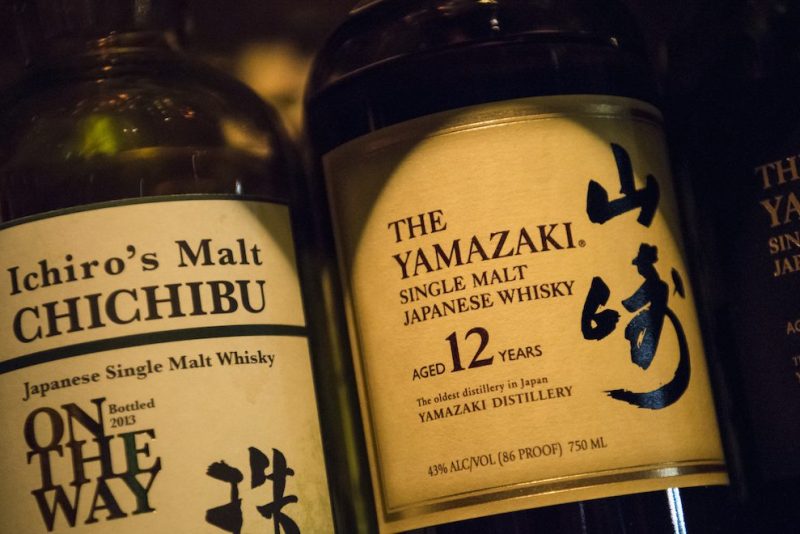
Once, “whisky” was associated purely with Scotland, at least when spelled that particular way. (Ireland and America make “whiskey” with an e.) Then Jim Murray declared Yamazaki’s Sherry Cask Single-Malt 2013 the world’s best in his Whisky Bible. Suddenly, Japanese whisky—note that spelling—was on the world stage. Since it shows no signs of leaving it, let’s take a closer look.
Meredith Bethune explores Japanese whisky and how it established its own identity apart from Scotland for Condé Nast Traveler. Japanese whisky was first made in 1924 at Yamazaki distillery outside Kyoto. (It’s still in operation today.) It has strong Scottish roots, as Japanese whisky industry founder Masataka Taketsuru actually studied in Scotland. Yet it goes beyond those origins. Bethune writes:
“Although rooted in Scottish methods of fermenting and distilling malted barley and aging it in oak casks, the Japanese have developed their own approach to making whisky that emphasizes continuous improvements over long-held tradition.”
And what are these improvements? For one, some Japanese whisky utilizes another wood. Suntory’s Yamazaki distillery uses “mizunara oak, which is used only in Japan.” This “adds subtle smoky flavor and hints of tropical fruit and coconut.”
Or perhaps you want to try something from the Yamazaki’s Hakushu distillery, located in the forest of Mount Kaikomagatake. They produce single-malts with “hints of green apple, jasmine soft and vanilla with a dry finish.”
Of course, Japanese whisky offers distillers other than Yamazaki. These include Chichibu in Saitama Prefecture and the White Oak whisky distillery, operated by the shochu and sake producer Eigashima. Japanese whisky also goes beyond single malt, with blends including Nikka’s Coffey Grain. (Bethune describes it as a “blended grain whisky with notes of vanilla and hazelnut.”)
Which is to say that you don’t need to go pouring your Macallan down the sink, but it’s worth making some room in your liquor cabinet for the whisky from the other side of the world.
To read more about Japanese whisky, click here. Below, watch a tribute to Japanese whisky from the great Bill Murray.
Every Thursday, our resident experts see to it that you’re up to date on the latest from the world of drinks. Trend reports, bottle reviews, cocktail recipes and more. Sign up for THE SPILL now.


















